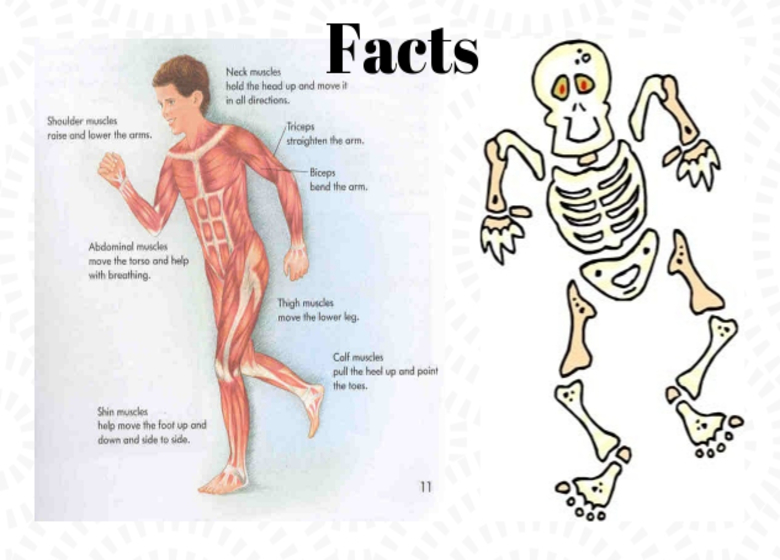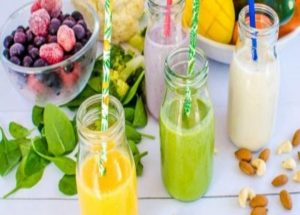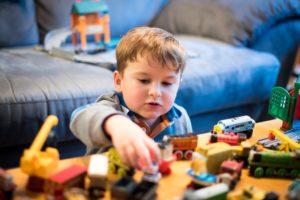Every child is curious. They ask several questions and some of them may even amaze you at times. But it is up to you to provide them with the right kind of information. This is their age to grow and develop into a smarter and more aware human being. We have collected some amazing facts related to the human bones, skeleton and muscles present in our entire body. This will help you to grow interest in your child about the human body. This may even make them an outstanding student in their classroom!
The Human body is often shown as the skeleton in labs. It is the basic of the entire human body. Similarly, the muscles that combine with the skeleton to form a perfect human body has some amazing facts related to it. Some of the facts given below may amaze your child and are sure to make them smarter.
Skeleton & Bones Facts
- At birth the human skeleton is made up of around 300 bones. By adulthood, some bones have fused together to end up with 206 bones.
- Human bones grow continually from birth till our mid 20’s. Our skeleton’s bone mass is at its maximum density around the age of 30.
- If broken our bones will re-grow and repair themselves. Often doctors will place a cast on splint to make sure these bones repair straight and true.
- The axial skeleton part of the human skeleton has 80 bones. It includes the vertebral column, the rib cage and the skull and helps us maintain our upright posture, by spreading the weight in the head, and upper areas down to the lower areas near the hips.
- The appendicular skeletal section of our skeleton has 126 bones. It includes the pectoral (shoulder) girdles, the pelvic girdle and the bones of the lower and upper limbs. Its function is for movement of the body and to protect some organs.
-
The human skeletal system has six major functions including the production of blood cells, for support, for movement, for protection, for storage of ions and endocrine regulation.
- The longest bone in the human body is the thigh bone called the femur.
- The smallest bone found in the human body is located in the middle ear. The staples (or stirrup) bone is only 2.8 millimetres (0.11 inches) long.
- Like our skin, the human body’s bones are also constantly worn down and re-made, to the point where every 7 years we essentially have a new bone.
- The area of our body with the most bones is the hand, fingers and wrist where there are 54 bones.
- Our teeth form part of the skeletal system, but are not counted as bones.
- There a just a few differences between human male and female skeletons. The female skeleton is generally slightly smaller and the pelvis bones differ in shape, size and angle in order to assist with child birth.
- The majority of human bones have a dense, strong outer layer, followed by a spongy part full of air for lightness, while the middle contains a soft, flexible, tissue substance called bone marrow.
-
Bone marrow makes up 4% of a human body mass. It produces red blood cells which carry oxygen all over the body. Marrow is also produces lymphocytes, key components of the lymphatic system, which support the body’s immune system.
- Calcium is very important for our bones and helps keep them strong and healthy.
- The areas where our bones meet are called joints. The joints in our cranium have no movement while our hip joints allow for a wide range of movement.
- Bones are held in place at joints by muscles and also tissues called ligaments. Another type of tissue called cartilage covers each bone joint surface area to prevent the bones rubbing.
- The medical branch of learning about the human skeletal system is called Orthopedics.
Muscle Facts
- Muscle is a soft tissue in the body of humans and animals. Its main purpose is to produce force and motion.
- Muscles are responsible for maintaining posture, physical movement (sitting, walking, eating, etc), and movement of internal organs (such as keeping the heart pumping to circulate blood and moving food through the digestive system).
- The word muscle is derived from the Latin term musculus, meaning “little mouse”. This Latin term could be due to the shape of some muscles or because muscles contracting under the skin can look like a mouse moving under a rug.
- Tendons connect our soft contracting muscle to our hard bones.
- There are around 650 skeletal muscles in the human body.
- There are three types of muscle, skeletal, cardiac, and smooth.
-
Skeletal muscles (or striated) are voluntary muscles that control nearly every action a person intentionally performs. Tendons attach the muscle to two bones across a joint, as one muscle contracts the other relaxes which moves the bones.
- Skeletal muscle can be further divided into two types, slow twitch and fast twitch.
- Slow twitch (Type I) muscle contain proteins that give it a rich red color. This muscle carries more oxygen efficiently and using fats, proteins or carbs as energy slow twitch muscle fibers contract over a long period of time.
- Therefore type I muscle fiber works well for aerobic sports such as long distance running and cycling.
- Fast twitch (Type II) muscle is whiter in color as it has less myoglobin (a oxygen carrying protein). Fast twitch fibers contract quickly and powerfully, however they fatigue rapidly.
- Therefore type II muscle fiber is useful for anaerobic exercise such as sprinting or for strength sports like weightlifting.
- Smooth muscle (or visceral) is involuntary, its not controlled by our conscious mind. It is found on the walls of many organs and structures such as the esophagus, stomach, intestines, bladder, and blood vessels. Smooth muscles contract to move substances such as food through the organ.
-
Cardiac muscle is also an involuntary muscle. It is only found in the heart and is responsible for keeping the heart pumping.
- Muscle makes up around half of the total human body weight. Muscle tissue is also around 15% denser than fat tissue.
- It takes 17 muscles in the face for us to smile and 43 muscles to frown.
- If muscle strength is regarded as the ability to use force on something then the jaw muscle (masseter) is the strongest in the body.
- The strongest muscles in relation to the job they have to do is the external muscles of the eye which are large and about 100 times stronger than they need to be in relation to the small size and weight of the eyeball.
- The tongue has 8 muscles, so is technically not the strongest muscle in the body.
- The heart cardiac muscle does the most work of any muscle over a lifetime.
- Cerebral palsy is a disorder that affects balance and motor functions, while muscular dystrophy is a genetic disease that damages muscle fibers.
- Muscle memory is created by practicing an action over and over again. Our muscles fine tune themselves, becoming more precise and exact in what they do. So practice is very important when learning a sport!!
These are some brief facts about human skeleton, bones and muscles. This will also help your child to understand the human body from its roots. Go on and discuss them with your child and make them gain more knowledge.













